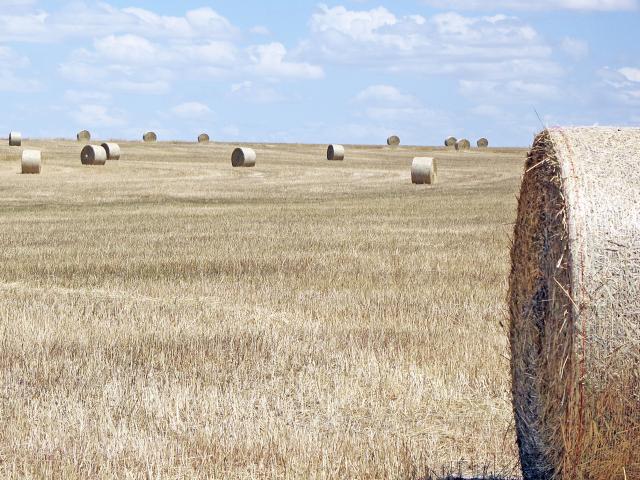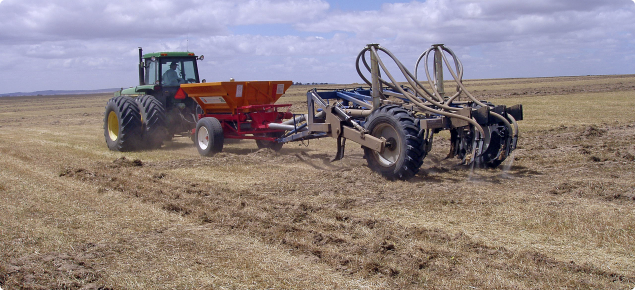Acidification rate
The inefficient use of nitrogen fertiliser is a major contributor to soil acidification in Western Australia. Inputs of nitrogen fertiliser can be managed to reduce nitrogen leaching and this is especially important in high rainfall areas. Required amounts of nitrogen fertiliser should be carefully calculated and split applications may be an option. Non-acidifying or less acidifying nitrogen fertilisers should be considered. The cost-effectiveness of non-acidifying options compared to other nitrogen fertilisers, used in conjunction with appropriate liming should be assessed.
Removal of produce also contributes to soil acidification and some products are more acidifying than others because more alkalinity is exported from the paddock (Figure 1). Usually, it is desirable to maintain maximum crop and pasture choice and apply lime to counter soil acidification. However, if soil is already highly acidic, the choice of less acidifying options, in conjunction with a recovery liming program may help.

Tolerant crops and pastures
The impact of soil acidity can be reduced by choosing crop and pasture species or varieties that are tolerant of low soil pH (Figure 2). This strategy should be used in conjunction with a liming program to recover soil pH to target values (at or above pHCa 5.5 in the topsoil and 4.8 in the subsurface). Without treatment, the soil will continue to acidify, the cost of amelioration will increase and all the while productivity and rotation options will continue to be lost.
Nutrition
Changing the soil pH by liming can change the availability of nutrients. Following liming on soils with poor trace element fertiliser history, tissue analysis of growing crops is recommended. In cereals, check for zinc and copper deficiency in particular. In lupins stem test to check for manganese deficiency. Foliar applications can rectify deficiency prior to the application of the appropriate granular fertiliser.
Other constraints
The full value of liming acidic soil can only be realised when other constraints to growth are also removed.
If production is still reduced after adequate lime has been applied and there has been enough time for it to work, there is likely to be another constraint to production. Knowing what constraints to production are present across the farm will allow prioritisation of paddocks for treatment and appropriate timing of operations, which can improve the value of treatments. For example, in WA, soil is commonly both acidic and compacted - constraints which can be treated in complementary operations. For more information refer to Applying lime.


